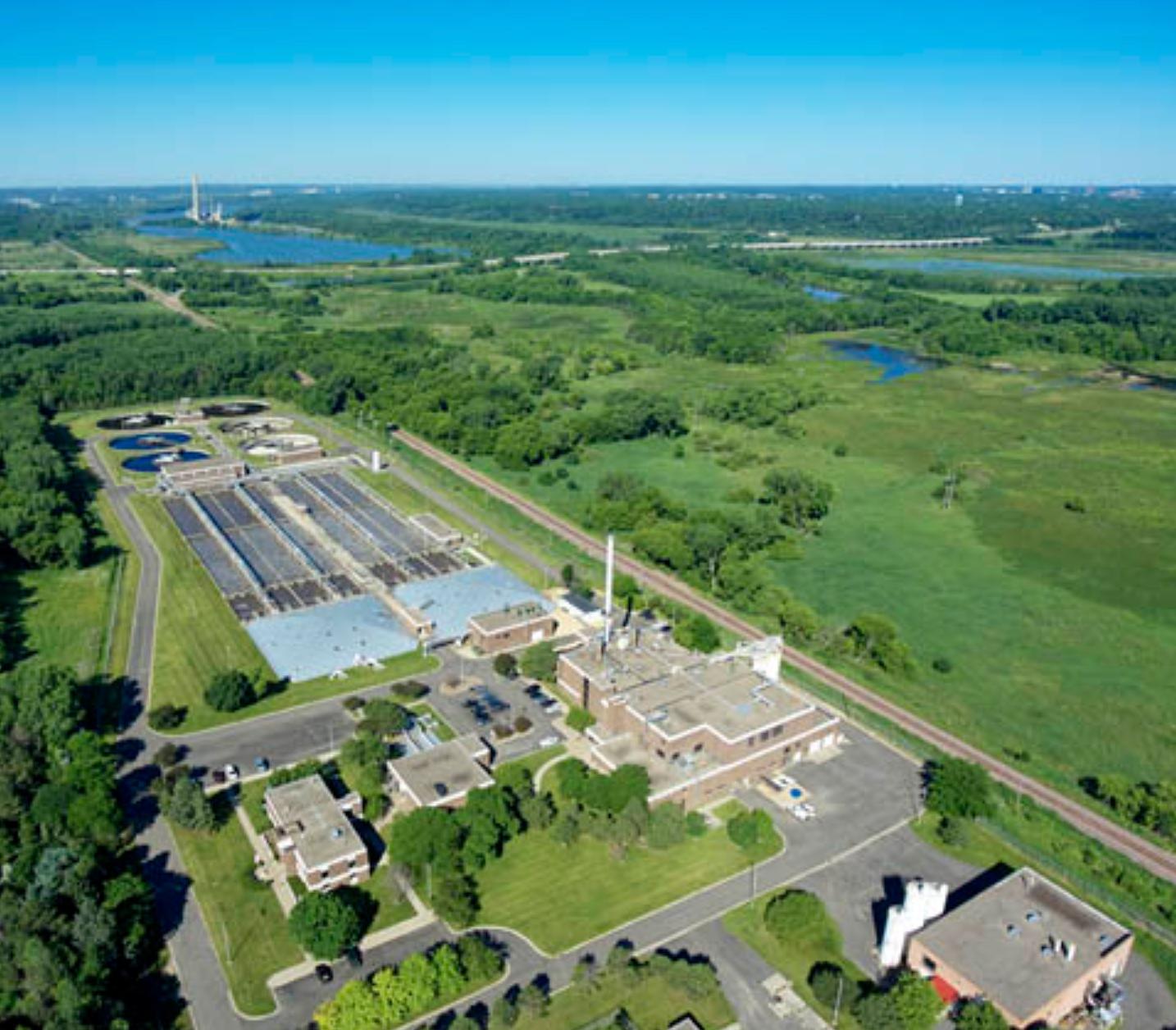- Home
- About
- Capabilities
-
-
Market Sector
-
CONSTRUCTION MANAGEMENT / PRE-CONSTRUCTION SERVICES
-
CONSTRUCTION SERVICES
-
-
-
- Justice and Correction
- Laboratory / Research
- Aviation
- Healthcare
- Education
- Transportation
- Office
- Government / Federal / Military / Defense
- State / Local
- Mission Critical
- Disaster / Emergency Response
- Civic and Cultural
- Industrial / Warehouse / Distribution
- Historical
- Parking
- Sports and Recreation
- Water and Wastewater
- Data Center
- Energy Power Plants
-
-
General Contracting
Design Build
Project Scheduling
Equipment and Material Procurement
Design Management
Program Management
Construction / Project Management
Contract Negotiations and Administration
Staffing and Personnel Management
Engineering
Inspections
Contract Analysis and Auditing
Testing and Evaluations
Cost Management
Facilities Management
Emergency Response
-
-
-
Full Service General Construction
Demolition
Custom Design and Specification
Design Build
Comprehensive Interior and Exterior Renovations
Tenant Fit-Outs
Systems and Security Upgrades
AT/FP Improvements
Historical Restorations
Electrical Services
Mechanical Services
Environmental Services
Disaster and Emergency Response
Renewable Energy
Modular / Containerized
OCONUS Operations and Special Projects Division
Construction Services, including Man Camps
-
-
-
- Featured Projects
- Portfolio
- Careers
- Subcontractors
- News
- Contact

